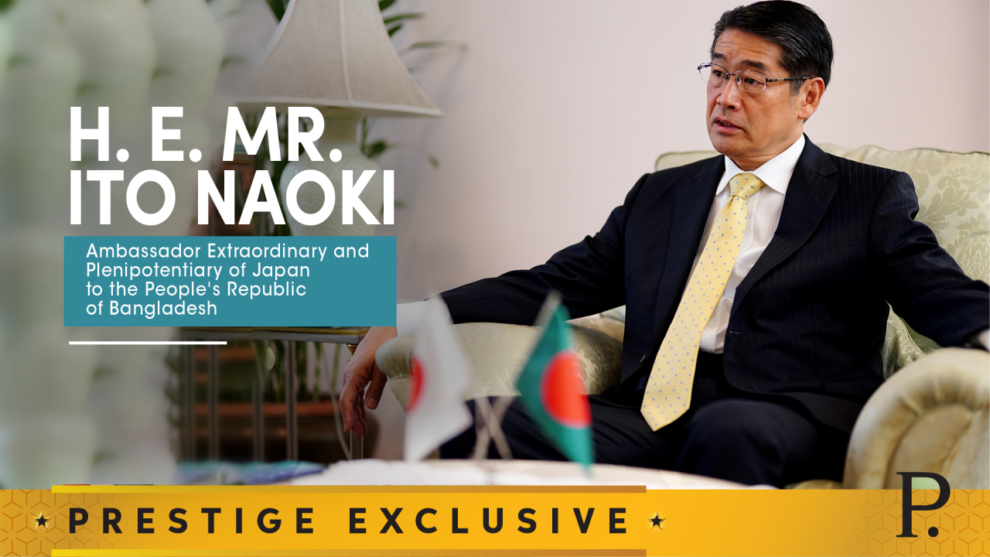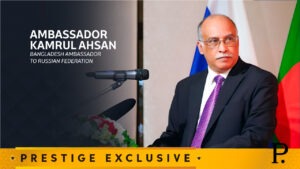1. Let’s start with a short Introduction to your education and childhood.
I was born and brought up mainly in Tokyo, Japan, until my university education. After joining the ministry, I got the opportunity to study in England to be up at Cambridge. But I am very much a Tokyoite.
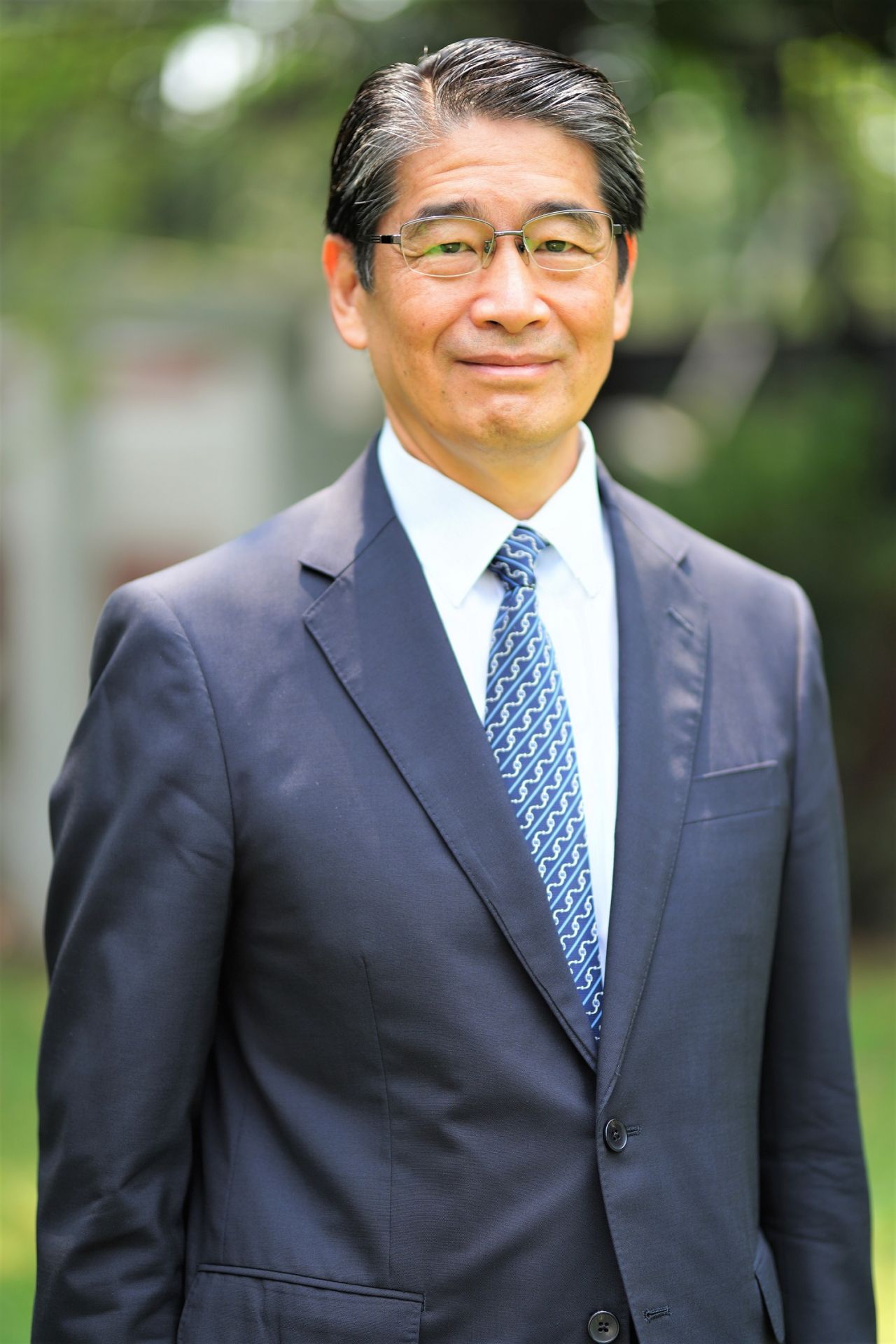
2. What were your childhood ambitions and did you always know that you would build a career as a diplomat?
I understand, in Bangladesh, many children are dreaming of becoming a world-class cricket player because cricket is a very famous sport here. Previously it was football, but now it is only cricket. When I was a kid, baseball was the most popular professional sport in Japan. I had a dream of becoming a professional baseball player, like other children in Japan. Now things are different there, though.
I didn’t think about pursuing the current occupation until the middle of my university days when I visited ASEAN countries in 1981. I visited Singapore, Malaysia, and Thailand and came home via Hong Kong. That was my first overseas trip, and I had the opportunity to see some Asian countries with my own eyes and interact with the people. Then I realized these Asian and Japanese people were still struggling in regards to shaping the post-war relationship. I came to think if I could do something to do with cooperation and reconciliation towards the future with these Asian countries. That was the start of my thinking behind joining the diplomatic circle. During my career, I have been posted three times in this part of the world. I was Director in Tokyo, responsible for the oceanic part of ASEAN countries and subsequently for the Korean Peninsula. My career was, more or less, focused on developing a relationship with Asia. In that sense, it has been very fulfilling. But my childhood dream was unfulfilled, and I still follow the game of Tokyo Yomiuri Giants from Dhaka every day.
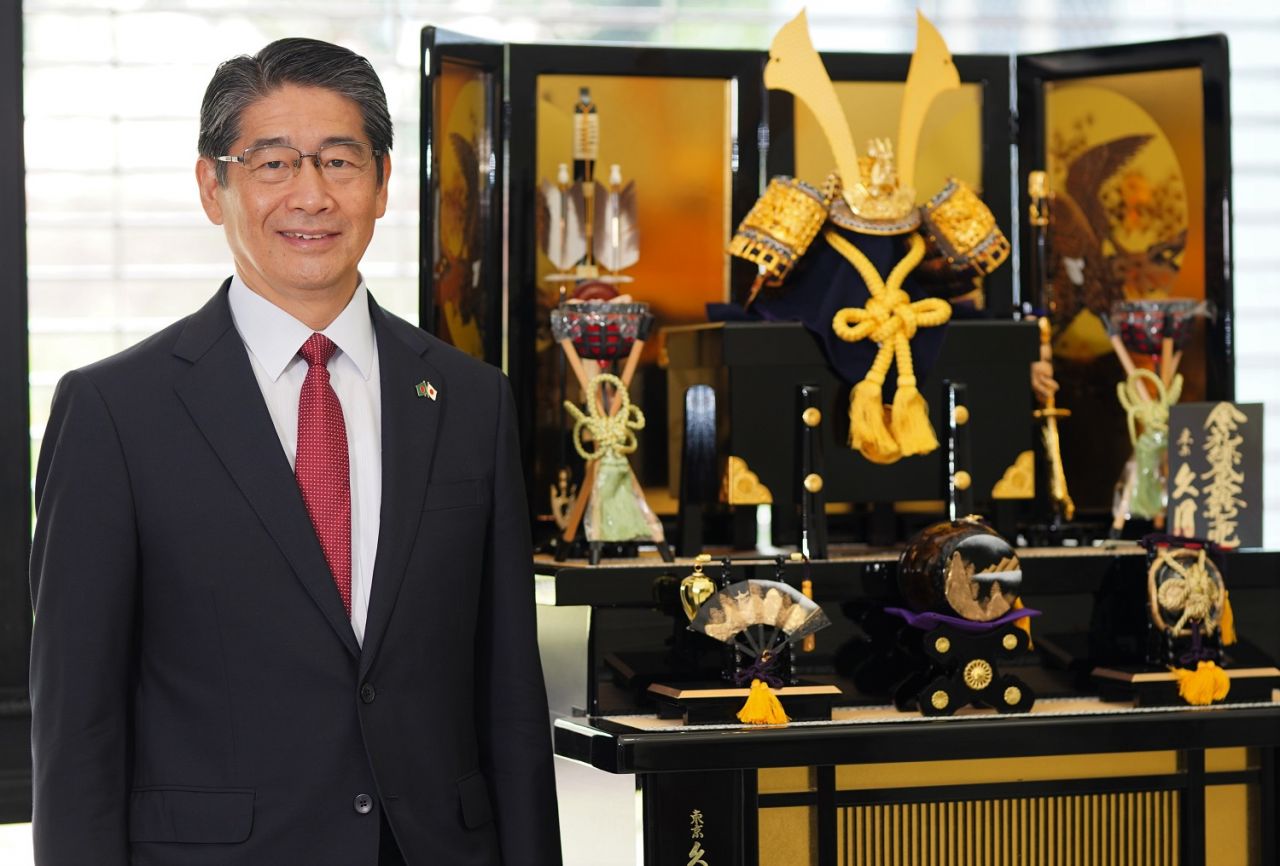
3. You have been serving in this region over the last two decades. What made your experience unique and memorable?
I was in Myanmar 20 years ago and in India 10 years ago. Currently, I have been serving in Dhaka, Bangladesh, since October 2019. There was a common theme among being in those three countries, which was how Japan could play a role in developing those countries. Myanmar was then under the military regime, and there were no signs of democratization. So, the purpose of any diplomat there was to promote democratization and inclusive development of the country. In India, it was probably the time when many Japanese companies were looking at it as a market where they could make a profit. There was a change of tide. So how the government could support companies’ investment and operations was the agenda for our embassy in Delhi. Now in Bangladesh, this growth potential and vibrancy of the economy and people here have made me again look into this common theme.
In March 2000, while I was in Myanmar, I visited Maungdaw, Rakhine State, on the other side of the border. Then, I came across a dozen of refugee families coming back from Bangladesh side by boat. Now I am on this side of the border and think about how Japan can contribute to the repatriation of Rohingya refugees going back to Myanmar. I truly appreciate the efforts made by the government of Bangladesh for opening up the border, projecting resources, and providing shelter and protection for those people. We need to find durable solutions for them. Japan will continue to cooperate with the government of Bangladesh, the United Nations, and non-government organizations.
On a lighter note, in India, I met with Narendra Modi, then the Chief Minister of Gujarat, during a group visit by diplomats. After the conversation, Narendra Modi invited us for lunch and served me Masala Dosa, which is not Gujrati food, but probably in his mind, it is the national food of India. Since then, Masala Dosa has become my favorite in India. Food is a way of enriching your life, particularly while overseas. When I was in Myanmar, I brought back a bunch of sweets made of chestnut from Japan, which is the favorite of Aung San Suu Kyi, and had tea over the sweet with her. Here in Bangladesh, I haven’t established any personal relationship with dignitaries through food yet. Nevertheless, I was very much impressed when I went to see the Honorable Prime Minister to the parliament, I saw an ukiyo-e painting from Japan, Utamaro’s woodblock printing, hanging on the wall in her room. That illustrates Prime Minister Hasina’s love for Japanese culture and is most memorable for me.
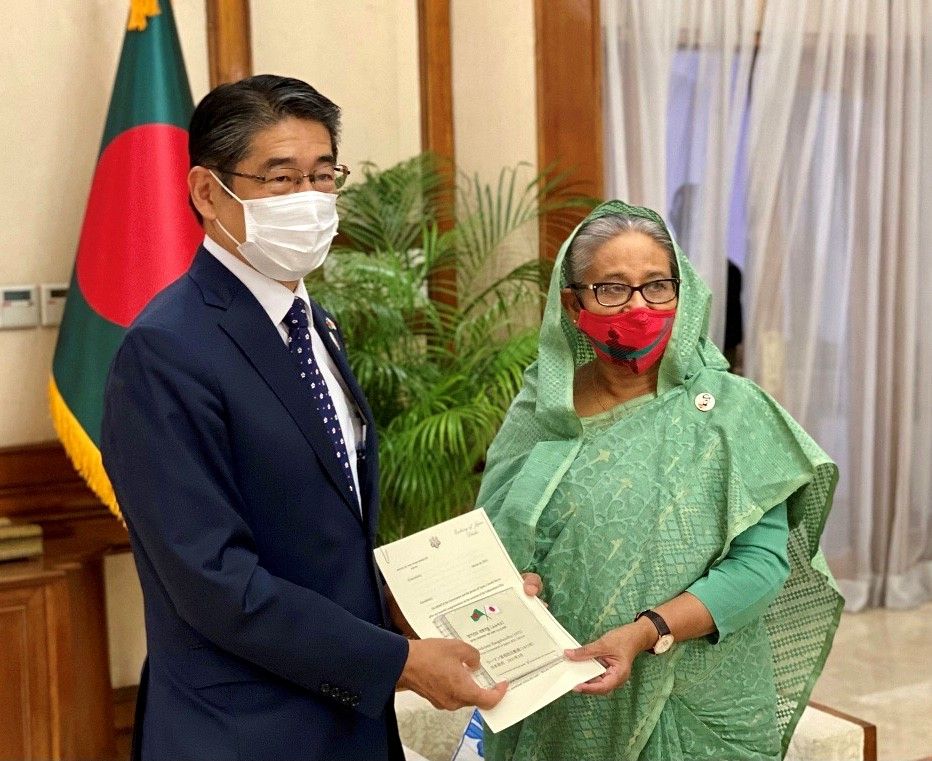
4. Since we have a very long and strong relationship with Japan, please shed some light on this diplomatic relationship between the two countries.
Japan recognized Bangladesh in February 1972, and in October 1973, Bangabandhu visited Japan that opened a chapter of friendship and cooperation. After his visit, the planning of the Jamuna Bridge started. We also worked on the construction of the Sonargaon Hotel and a fertilizer plant in Ghorashal. As for the Jamuna Bridge, the late national professor, Dr. Jamilur Reza Choudhury, said two years ago, “The opening of the Bangabandhu Bridge over Jamuna was a milestone in the development of our transportation network. It enabled the speedy movement of the vehicles across the river.” The Jamuna Bridge construction played a vital part in the transportation network and development of the country.
During the visit, Bangabandhu presented a stuffed head of a Bengali Tiger to a member of the Japanese Diet, Mr. Takashi Hayakawa, who is the architect of friendship and cooperation between our countries. Later, Mr. Hayakawa’s son gave the stuffed head to the Bangladeshi Embassy situated in Tokyo. Now it is exhibited there and became a symbol of our deep and tested friendship. Japan strongly supported the history of Bangladesh’s independence. Even some of our filmmakers came to Bangladesh after the war to produce documentaries, including ‘Bangabandhu – Father of Bangladesh’ by Nagisa Oshima. The story of Bangladesh was very appealing to artists and filmmakers during the 1970s.
I had the privilege to attend the twin celebrations in late March, the birth centenary of Bangabandhu, and the 50 years of independence, which were remarkable and extraordinary. Many congratulations on that. I thought it particularly noteworthy that Bangladesh played the central role of regional diplomacy over ten days, inviting five leaders of the neighboring countries. The event portrayed Bangladesh’s enhanced and changing stature in the region. Now Bangladesh is becoming the hub of regional connectivity, which was the Honorable Prime Minister’s main subject with the other leaders. To me, this was a significant epoch-making event for Bangladesh. I expect, after 50 years of independence, Bangladesh, with its economic growth and political stability, will play a more prominent role in the region and on global agenda such as climate change.
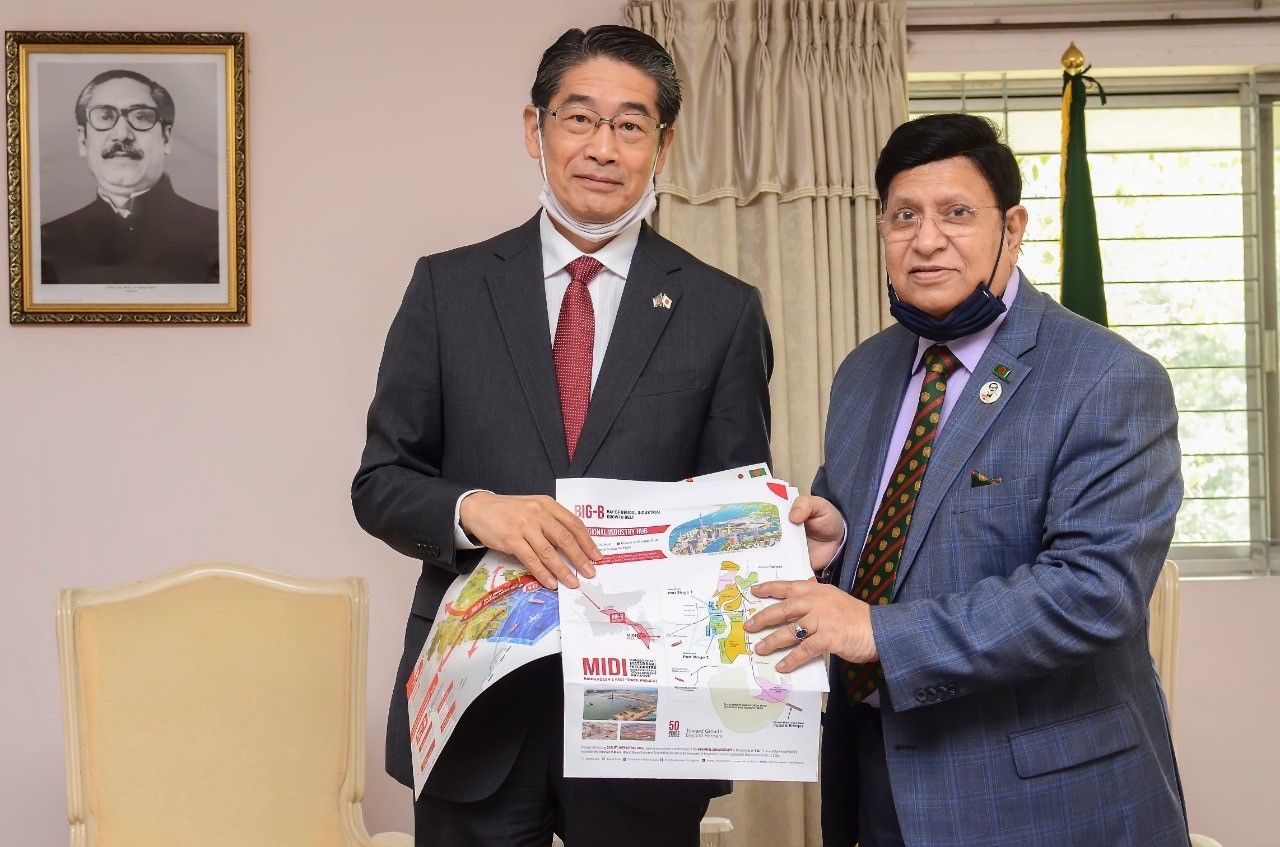
5. How do you see the cultural bondage between Bangladesh and Japan?
During the first month of my assignment here, I attended a handloom and handicraft exhibition in Gulshan, where I saw embroideries, natural indigo dyeing, and basket making. Then, I realized the similarities that exist in the handicrafts between Bangladesh and Japan. There is a Japanese school among artists, like Mohammad Kibria and Kazi Ghiyasuddin. They studied in Japan and were influenced by Japanese art. They have been leading some of the styles of art here in Bangladesh. Maybe because of the similarities and mutual understandings between artists, this was possible. These artists have played a significant part in strengthening the bonding between two countries through art.
I also find many similarities of character between the two nations. Both of us love greens and are rice-cultivating countries. Family value is very important. We are hardworking and diligent. We are not blessed with abundant natural resources, prone to natural disasters, though. Because of these similarities, we find it easier to understand each other. There is a good entry point when we meet and do business together. I think we have the advantage of building some commonalities in research and work or whatever is required. We should nurture the cultural bondage and a natural sense of affinity between our two peoples.
6. Since Japan is our important trading partner, according to you, what are the interesting trade sectors you find in Bangladesh?
Japan is the largest export market for Bangladesh in Asia. People might think that India or China is the largest export market. That is not the case. Over the last ten years, the export figures have doubled and reached 1.2 billion dollars. The main export items are textile, ready-made garments, and leather products. I expect those sectors will continue to secure a significant position, and the key is to establish the brand image by improving productivity and assuring better quality. I firmly believe that is possible.
Talking about potential sectors, pharmaceuticals, agricultural and fishery products, and the food industry have high potentials, but it is advisable to cater to the needs or requirements of Japanese consumers. I think agricultural products can have a headway when you follow quarantine procedures. Your marvelous mangoes have yet to enter the Japanese market. Once exported, Bangladesh mangoes and lychees will, without doubt, be popular among our consumers. Another strength Bangladesh has is IT and software, and I hope Digital Bangladesh will push the industry further.
You know that Bangladesh and Japan can forge even improved relationships on trade and investment, particularly post-LDC era for Bangladesh. Let us start discussing the possibilities of concluding a free trade agreement (FTA) or an economic partnership agreement (EPA).
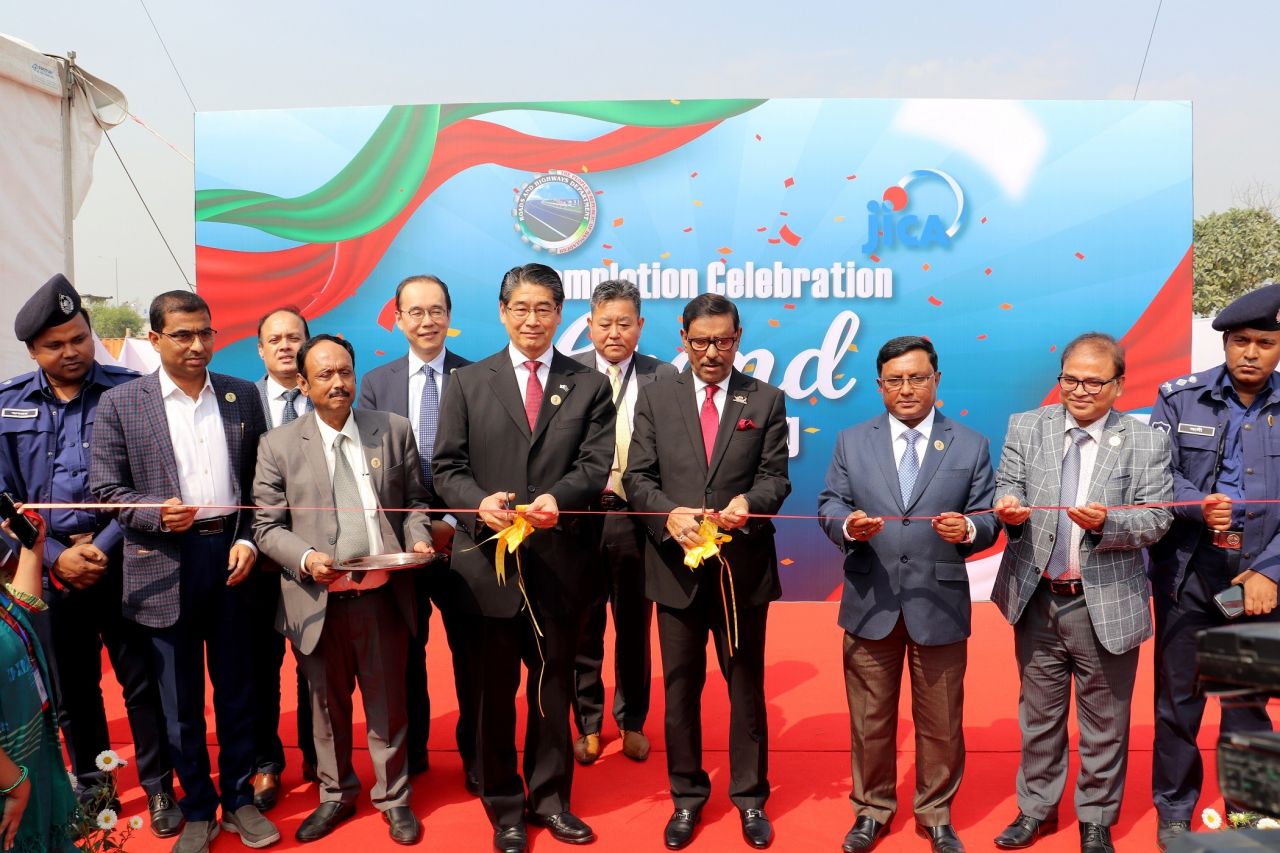
7. How do you see the Interest of Japanese companies in partnering with Bangladesh and what type of investment and collaboration opportunities do you see?
As you will know, Japanese companies’ investments here are continuously growing and getting stronger. In ten years, the flow of FDIs tripled, and the number of Japanese companies quadrupled. Now we have 321 Japanese companies operating in Bangladesh. But still, there is much room for progress. Japanese companies are keen to expand their operations in Bangladesh, and I expect the FDIs inflow will increase. Last year, due to the corona pandemic, the supply chain vulnerability came to the surface. Currently, diversification of supply chain and manufacturing basis is a crucial task for any country or company. Consequently, the increasing number of Japanese companies are considering coming to Bangladesh and getting into the Bangladeshi market. Once the pandemic stabilizes, I think new opportunities will open up for Bangladesh to attract more prospective Japanese investors.
We have been developing a Japanese economic zone in Araihazar, which is to complete by the end of the next year and commence operation. Araihazar is the promising first Japanese economic zone. We need to bring this project to success, as we dub it as a billion-dollar project invested by 100 companies. If this is successful, the next will come the Japanese economic zone in Mirshorai, and if both are successful, there could be a third one. So Araihazar is a crucial litmus test. I hope it will be the best possible economic zone in Asia, among others in neighboring countries such as Vietnam, Malaysia, and the Philippines. A good business environment, including corporate tax incentives, would facilitate the companies’ move. Some agro-based industries, IT industries, and light engineering will have the possibility of investing in the special economic zones.
Besides, fertilizer plants, Sugar mills, gas fire power plants, and renewables are Japanese companies’ focus areas. In the automobile sector, Mitsubishi Motor Company is now seeking to make a CKD investment in Bangladesh to manufacture ‘national brand cars.’ This would become the first CKD plant by a Japanese auto company in Bangladesh. I hope that with the cooperation of the Bangladesh side, MMC’s plan will prove its viability shortly.
But all in all, the investment environment needs to improve. Further regulatory reforms are necessary, including deregulation on telegraphic transfer for import transactions. A better system of customs clearance needs to be introduced. Coordination among policymakers, between the ministries, and with those officials on the ground is essential. I must point out the grafting culture needs to go away. That should not be a laughing matter any longer.
8. Share your thoughts on the ongoing and upcoming projects, and according to you what project you find has a great potential for Bangladesh?
JICA has been working with the Bangladesh side to construct the first-ever Metro Rail project in Dhaka. The extension of Hazrat Shahjalal Airport and the development of Matarbari Deep Sea Port near Cox’s Bazar are also ongoing. Dhaka metro rail is planning to launch partially by the end of 2021. Several other mega infrastructure projects will commence their operations by the year 2025, one after another. I have high hopes for the implementation of those projects, which will completely transform the development landscape of the nation.
In the last fiscal year of Japan, which ended this past March, Bangladesh became the country to receive the largest Official Development Assistance of Japan, which stood at approximately $3.5 billion. That shows Japan is committed to the infrastructure development of Bangladesh, particularly the Bay of Bengal Industrial Growth Belt (Big-B) initiative. The Big-B was launched jointly by the two Prime Ministers – Bangladesh PM Sheikh Hasina and the then Japan PM Shinzo Abe in 2014. The Big-B has the scope to create an industrial belt from Dhaka, Chittagong, to Cox’s Bazar. The Big-B will develop coastal industrial zones in Matarbari, and Mirsarai and other areas in the Bangabandhu Shilpanagar Economic Zone.
What we expect is that while maintaining debt sustainability, the Bangladeshi government will put a clear focus on high-priority infrastructure development projects, which are economically viable. Infrastructure used to be the bottleneck of investing in Bangladesh. In five years, however, the infrastructure development will give a significant advantage to the prospective investors. As a result, the investors will not shy away from this country. Matabari is our game-changer, and the Big-B will bring about a perceptual change in Bangladesh.
Moreover, the stability and prosperity in the Bay of Bengal area will promote a free and open Indo-Pacific. For this to happen, Japan will continue to support and cooperate with Bangladesh in quality infrastructure building and connectivity, human resource development, humanitarian assistance, and improvement in the investment climate. Japan strongly hopes that the Bangladesh government will maximize its efforts and make their dreams come true.
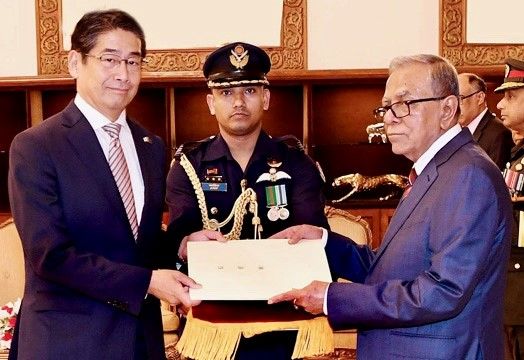
9. What is something you enjoy the most in our country? What helped you to adapt to the Bangladeshi culture?
First of all, I would like to say that Bengali hospitality is excellent. Japanese people are known to be good at hospitality. But Bangladeshis exceed Japan in terms of hospitality. It is so genuine, and it feels like they are giving it from the bottom of their heart. That is something I like about Bangladesh. Also, I like the fact that here it’s almost impossible to say no to those offering food on your plate. Somewhat imposing, but this is also the beauty of Bengali hospitality.
I like the Hilsa fish, which is quite boney. Those small soft bones make Hilsa unique, and I always recommend it to my friends. The laborious effort that goes into cooking and serving Hilsa is very symbolic of the Bengali culture. So, I appreciate the people who are keeping the traditions and culture alive. There’s one more thing I like is the Pithas, the winter delicacy. I like many kinds of Pithas, but the Chitoi Pitha stands out because of its identical texture and appearance to the Japanese rice cake. I would miss it when I leave Bangladesh.
I was invited to attend a fantastic concert by Adity Mohsin, a famous Rabindra Sangeet singer, to mark twenty years of her outstanding career. Last year in January, the Bangabandhu centenary celebration presented a music event in Hatirjheel, and I found the performance by Taposh Feat and Rezwana Choudhury Banya grandeur and touching. Rabindranath Tagore is a well-known Bengali figure in Japan. He visited Japan altogether five times and built a strong bond with artists and painters there. After Tagore, two Japanese novelists have won the Nobel Prize in literature from Asia – Yasunari Kawabata and Kenzaburo Oe. Adity Mohsin told the media that “Tagore songs are not merely meant for entertainment but rather to carry the spirit of life and accomplishment. His songs are hard to sing properly if one doesn’t understand the depth of lyrics.” I cannot understand the depth of lyrics, and maybe that doesn’t qualify me to comment about the songs, but I enjoy listening to the tunes. They have a healing effect.
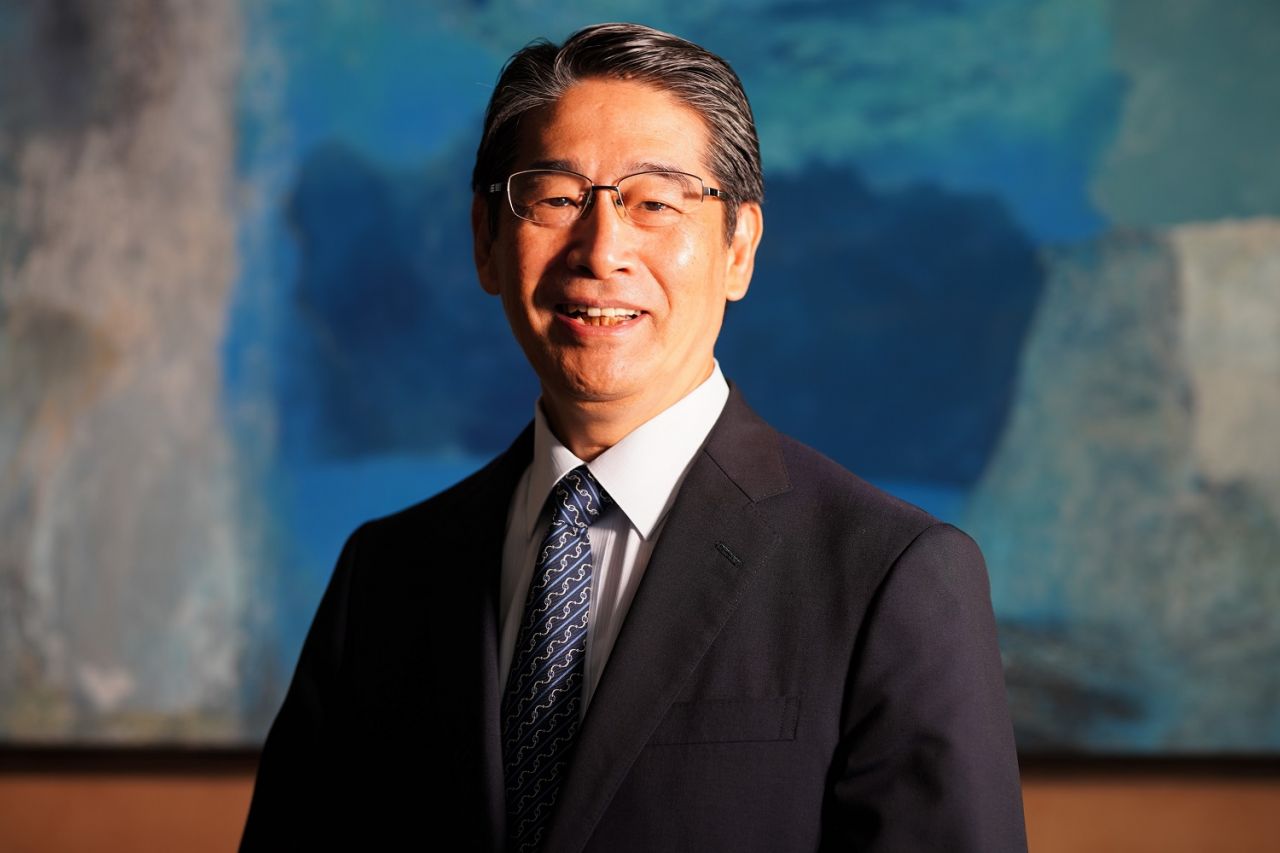
10. What type of education and entrepreneurial opportunities are available for the Bangladeshi youths in Japan?
The Japanese government provides scholarships to Bangladeshi students, which is called the MEXT scholarship. Approximately 100 students get the opportunity to study in Japan every year through the scholarship. Till now, about 4200 students went to Japan. That has been a significant educational opportunity in Japan. Those who continued higher studies or did their Ph.D. have been quite influential in their academic circles here. They are also maintaining solid networking among themselves as well as with educational institutions in Japan. I think they play a crucial and proactive role in forging an academic partnership between the two countries.
Another area is IT. Japanese companies gave high regard to software engineers of Bangladesh. JICA has offered a program to train IT engineers in Bangladesh for job opportunities in Japan. For the last three years, almost 300 people were sent to Japan by this initiative. Before coming here, I saw a TV documentary on a shared office in Tokyo. I was struck by the fact that Bangladeshi IT engineers made the most of the spaces in the shared office and were doing quite a good job for the Japanese IT companies. After coming to Bangladesh, I found how strongly those Japanese companies appreciate Bangladeshi talents. I feel that there’s much to offer each other in this sector.
The growing opportunity lies in the specified skilled worker’s recruitment. The Japanese need foreign labor forces to make up for the declining population. We have a new scheme introduced in 2019 in issuing a visa to skilled workers in construction, nursing, elderly care, agriculture, and other sectors where we need foreign talents. I’m sure that Bangladesh would be able to fill those needs by sending a skilled and capable workforce. Bangladeshi youths will find plenty of opportunities in Japan both for academic and employment purposes.
11. Any message you want to share with the readers?
The next year will mark the 50th anniversary of the diplomatic relation between Japan and Bangladesh. I hope that we can bring our friendship and partnerships to a new height. There we can create a more profound sense of mutual understanding and human networking. My government will also organize events to promote cultural exchange. I hope that the younger generations will enjoy new partnerships towards the future, using the next year as a great opportunity. I also hope that the situation will allow an increasing number of people to visit Japan once the pandemic is under control, and Biman Airlines will resume direct flights between Dhaka and Tokyo.
Bangladesh has been Japan’s important partner and indispensable friend over the last 50 years. In the next 50 years, our friendship will prove to be more critical. Japan is now the biggest bilateral development partner of Bangladesh. Soon, both countries will cooperate in broader areas and contribute to regional development and prosperity together. I expect the role Bangladesh plays will be very different and quite significant. We are hopeful that both countries can learn from each other, and know more about each other, share our experiences and success stories. The next Olympic Games will be held in Tokyo from July, and the Bangladeshi archer Ruman Sana is likely to win the first Olympic medal for Bangladesh. If he gets the medal in Tokyo, that would be a great success story to share.
In March, we organized an online event, ‘the Japan Fest 2021,’ in which Tahsan Khan fully participated. More than 260,000 people have viewed the Embassy’s YouTube (https:// youtu.be/eh5zzskJL8w). I can say that this demonstrates the Japanese culture has been accepted and liked by the Bangladeshis. I must give full credit to Tahsan, who made his new song, ‘Bondhutter Potaka,’ which promoted our friendship and awareness on fighting against the pandemic. I also lent my voice to one of Rabindra Sangeet, ‘Anondoloke Mangolaloke’ because I wanted to show my respect to the Bangladeshi culture. Based on the success of this event, we can share new ideas on how we celebrate the upcoming 50th anniversary of the Japan-Bangladesh diplomatic relationship.
